If you're new here, you may want to subscribe to my RSS feed. Thanks for visiting!
By the author of Household Preparedness Training: Domestic Protocols For Crises And Emergencies
One common mistake in prepping is dropping a lot of money on stuff when we start. I’m talking about overspending in gear and supplies, from FOMO or some other compensation mechanism – an error I myself admitted in this 2023 article about 10 Prepping Mistakes And Failures.
As long as we move out of this phase shortly (before breaking our bank account and compromising our finances), everything should be fine. It’s part of the learning curve, and we shouldn’t feel too guilty about it. Take the lesson and move on.
Failing to care for emergency equipment and supplies can be an equally harmful blunder: we can lose our investment, end up having a bad surprise, and get stranded if something happens and our preps are useless from neglect. As I’m about to show, that can be easily avoided.
I’ve seen that happen more than enough to warrant a discussion about it.
Between 2020 and 2024 I assisted a number of individuals and families starting in the preparedness lifestyle, giving advice on how to build equipment and stockpiles, emergency bags, household gear, all the stuff we discuss here and everywhere.
When the COVID madness started to dwindle and life return to normal a couple of years ago, overall interest in preparedness also begun to wane a bit. I could tell by the quantity of books being sold, the number of messages and inquiries received, those things. That’s my perspective, maybe others had it differently.
Now, it’s perfectly fine – even desirable, in my opinion – to adjust our level of awareness and readiness when that happens. I do that myself, too. That doesn’t mean, however, we should abandon the preparedness mindset and go fully into ‘normie mode’, or complacent in the slightest.
Things change. One day we have lockdowns declared over a virus, the next it’s martial law over some alleged threat to democracy. Then it’s fear of nuclear or civil war, or an imminent collapse of the financial system. It can be changes in the weather (we’re starting to have tornadoes here in Brazil – check out these images of a local Toyota plant after a storm this week).
What I mean is, there are favorable times to build bunkers, and there’s time when it’s better to strengthen our finances, or build a larger dry food stockpile, or a radio station. And so on. But whatever we build, we need to maintain – or risk losing it.
The best time to prepare is exactly when the situation is favorable.
It’s 2025, and the world is anything but normal. The situation is overall better than it was during the plandemic, but there’s enough evidence pointing out to hard times ahead. I’m sure you can feel it, everyone can.
I say that not to stoke fear, but to warn against complacency and normalcy bias. If we got a break, we should enjoy life a little more but keep preparing.
Some of those families I helped prepare kept the mindset and discipline. They’ve internalized the prepper mentality, sparing a little of their time and resources with diligence, to stay in shape and maintain everything they built in working order.
But others have slacked off and abandoned their preparations, neglecting their equipment.
A few months ago I started getting requests from some of those people, now interested in resuming their activities. I have no idea if this was a coincidence, or maybe something sparked it. There’s a lot going on right now so it could be something these people picked in the air.
That prompted me to write this article with some ideas and tips on the importance of regular equipment maintenance, and a few tips and ideas on what and how to do it.
There are two ways to ensure our equipment is always in tip-top condition.
My favorite is to put the stuff to use regularly, either by going out into the streets, the woods, the road, or at home. Real-life preparation for common folks. Those are all things I propose in my books, and I put my money where my mouth is.
If for whatever reason street survival training, stealth camping, backpacking or bug-out dry-runs are too complex, expensive or time-consuming, a bit of backyard camping or even grid-down simulations at home (as I propose in my latest book Household Preparedness Training) can do the trick.
Those are effective yet simple, quick, and convenient ways to check if bags, tents, stoves, filters, flashlights, radios, power banks, and pretty much everything is in good condition, or requires some maintenance (or replacement).
Doing that has the added bonuses of practicing skills and keeping me and my family in shape to some degree, too.
Another way is to perform periodic checks.
Sometimes, life just gets in the way. We get busy with work, a project, or something else, and time for practical activities becomes rare. That’s OK, as I said. If lights are on, shelves are full and banks are open, we should live life as normally as possible.
That doesn’t mean, however, abandoning our preps.
If I stay more than three or four months without doing any of those outdoor or indoor activities mentioned above, I make sure to take a weekend off to check my equipment and stockpile: unpack everything, perform quick tests, a bit of recharging here and there, some cleaning, an inventory update, and so on.
Unused stuff can decay quicker than we think.
Stuff is made to be used, and unused stuff that is packed and/or stored can degrade away from our eyes, without we even noticing. Not just food and other consumables, but here I’m talking specifically about gear.
Fabrics and cloths can rot, get dry, brittle, stiff, eaten by bugs, develop mold, get stuck or cold-soldered to other things; develop creases and cuts, and so on. Rubber and plastic parts can also dry up and unglue. Metal items can oxidize, cold-solder, get stuck. Zippers can get frozen or break.
Stoves can stop functioning, get clogged, or oxidize. Same with generators. Gas and other fuels can spoil or leak. Valves can freeze.
All that and more can happen to bags and backpacks, tents, hammocks, sleeping bags and pads, tarps, cloths, shoes, water filters, and other equipment, even when properly stored. Also, medications, first-aid, and personal hygiene items that stay unused inside backpacks can leak, dry up, spoil, and lose effectiveness.
In addition to the above recommendations, I present the following suggestions for items to check. Make a list or inventory or your equipment to make the process thorough and organized. Follow the maintenance schedule provided by the manufacturer or supplier of the item, or according to your experience.
Electronics
Electronics can stop functioning if left unused for long periods. Capacitors can leak, wires and connectors dry up, pins can bend or oxidize, LCD and TFT screens can crack, and so on. Batteries and power banks can leak, discharge, lose capacity over time, and suffer from memory effect.
Periodically test radios, HTs, flashlights, solar panels and other electronics and electric devices that are part of your emergency equipment. Check for integrity, antennas, buttons, covers, and also charge. LiPo batteries don’t like to be left fully charged (much less discharged) for long periods.
Side note: every four months or so I update my local and regional repeater book database, as new repeaters keep getting added, go into maintenance, out of order, or have something in their frequency changed. After that I update the memory database on all my radios.
Food
Even emergency food has a shelf life. Rotate stockpiled items regularly to keep consumables fresh at all times.
Documents
Check for the validity of passports and expiration dates of visas and other documents, especially if relocating is in your plans and that of your family.
Firearms
Even though I’m a longtime shooter and competitor, I’m no expert, and Brazil is very different from the U.S. in this regard. Firearms are a controversial matter here in my country, and we firearm lovers are living in constant legal limbo.
Still, I wanted to remind you that this item also needs regular maintenance, both in regard to the equipment and skill. So no matter how busy I am, I find time to hit the local range at least once a month, take care of my equipment, and also hone my shooting skills.
Local Intel
It’s not “equipment”, but this item also requires maintenance to remain useful. Our environment – our city, neighborhood, street, etc. – is constantly changing, with the infrastructure undergoing changes, upgrades, lack of maintenance, or a combination of these. If you value local intel to your preparation strategies, keep your grid knowledge up to date (I’ve addressed this topic in this article).
Fitness, mental and emotional health
Here’s my rationale: there’s no sense in keeping my gear, my stockpiles and my home in order, if my body isn’t. Therefore, staying in good shape physically, mentally and emotionally is my #1 priority.
Conclusion
Prepping doesn’t have to be 24-7 in practical terms, but once we incorporate preparedness into our lifestyle and develop the correct mindset and mentality, a few things become evident.
One is that becoming complacent can be a setback and is detrimental in various forms. Another is that a little effort every day goes a long way in keeping us prepared.
Additionally, maintaining our equipment helps rationalize and optimize our investments. It’s not a matter of motivation, but discipline. If you get a break, take the opportunity and preserve your stuff – keep preparing.
Finally, whatever preparations you have built in these last months or over the years, spare some time and effort to maintain them. It’s easier than starting from scratch or coming out scrambling if something happens, that I assure you.
What about you?
Do you have a regular maintenance schedule for checking your preps? Have you ever lost preps that you thought were fine but discovered they no longer worked? Share your thoughts and experiences with us in the comments section.
About Fabian
Fabian Ommar is a 50-year-old middle-class worker living in São Paulo, Brazil. Far from being the super-tactical or highly trained military survivor type, he is the average joe who since his youth has been involved with self-reliance and outdoor activities and the practical side of balancing life between a big city and rural/wilderness settings. Since the 2008 world economic crisis, he has been training and helping others in his area to become better prepared for the “constant, slow-burning SHTF” of living in a 3rd world country.
Fabian’s ebook, Street Survivalism: A Practical Training Guide To Life In The City , is a practical training method for common city dwellers based on the lifestyle of the homeless (real-life survivors) to be more psychologically, mentally, and physically prepared to deal with the harsh reality of the streets during normal or difficult times. He’s also the author of The Ultimate Survival Gear Handbook.
You can follow Fabian on Instagram @stoicsurvivor

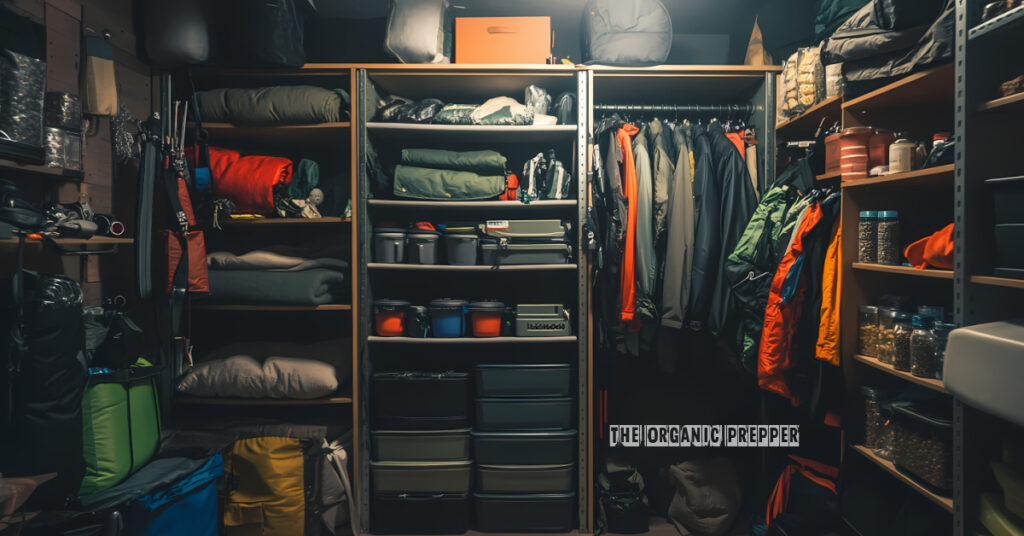

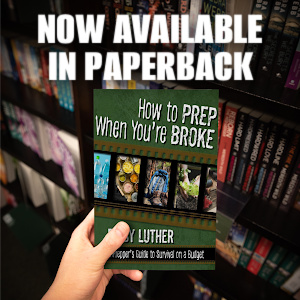

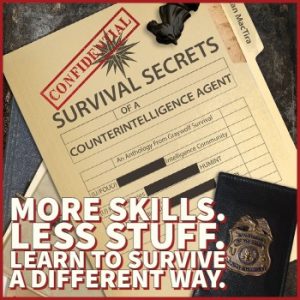
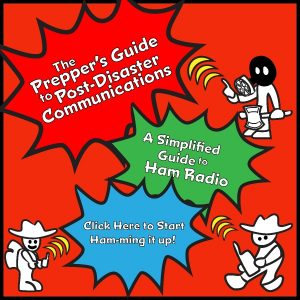
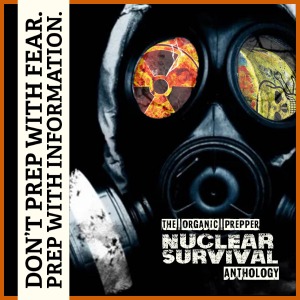



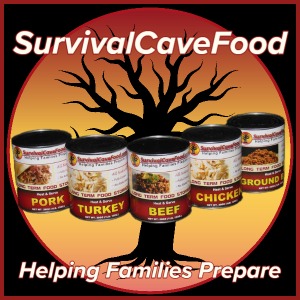


One Response
Prepare for the Rapture ….as if your life depends on it!